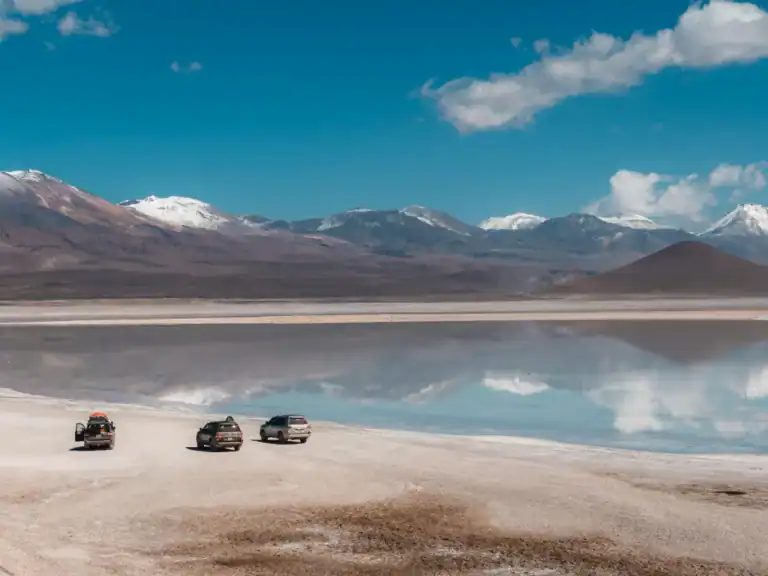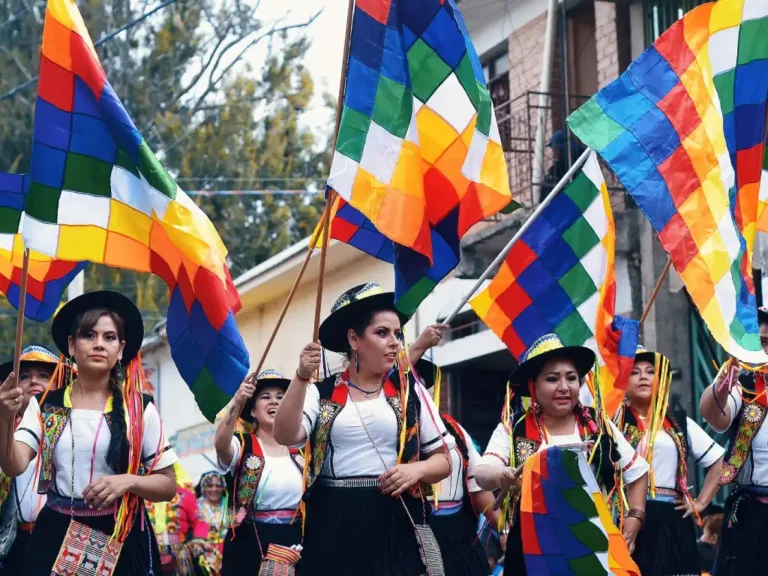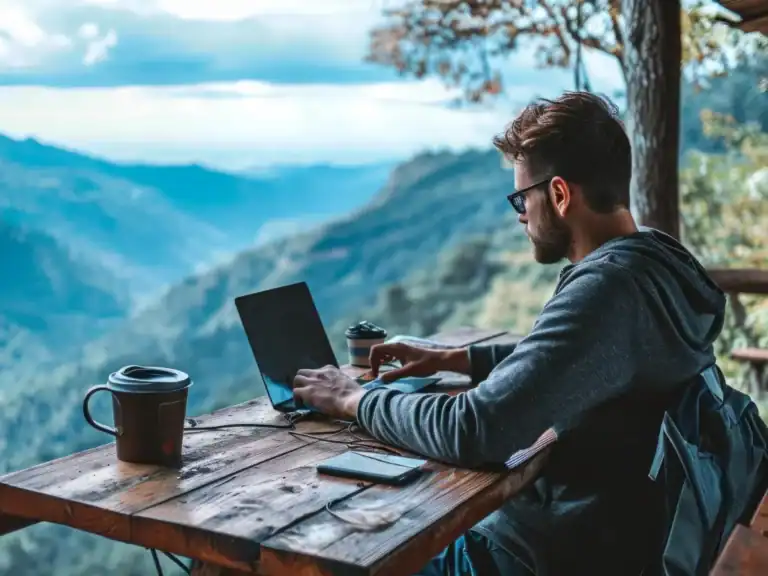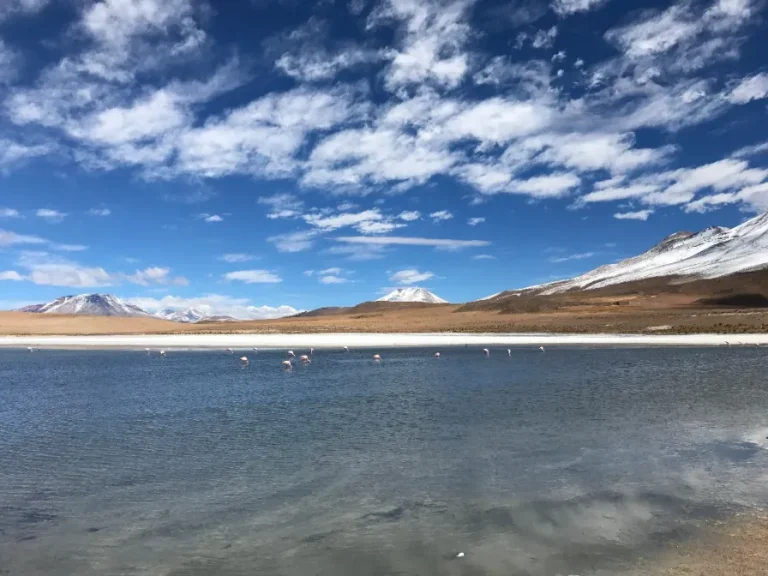Capital of Bolivia: Why La Paz & Sucre BOTH Claim the Title
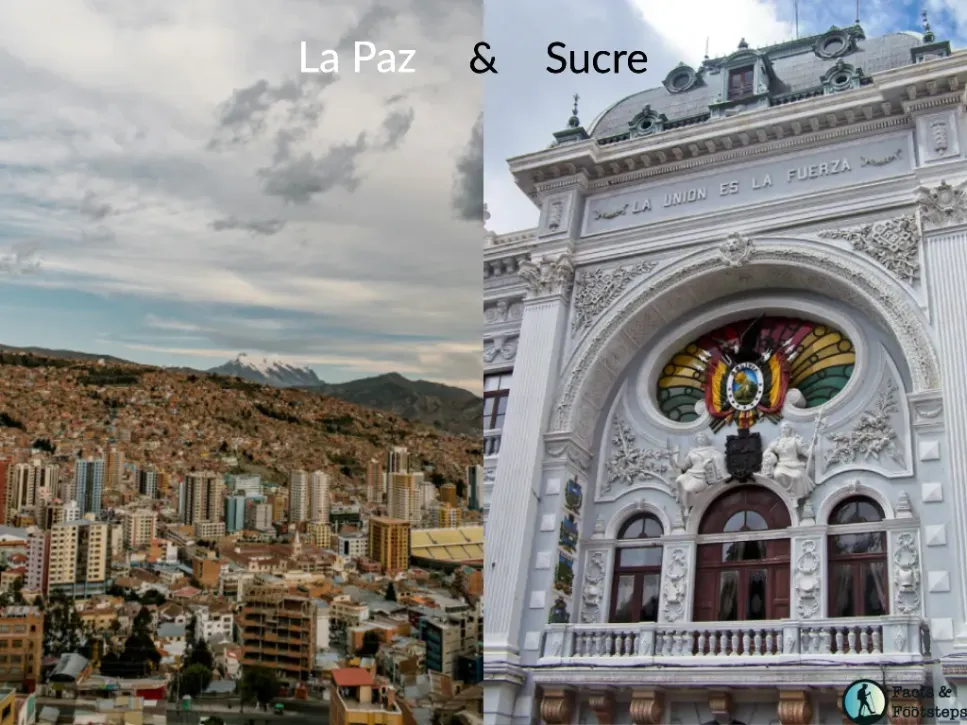
Most countries have one capital. Bolivia? Nah, they went for two – Sucre and La Paz, or La Paz and Sucre, whichever way you fancy. So why does Bolivia have two capitals I hear you ask?
I’ve been to both and they could not be more different. This led to me asking questions and poking my beaky nose where it didn’t belong, turns out there’s a cool story behind it.
I’ll keep it short and sweet!
Sucre: The Original Capital
Sucre is Bolivia’s constitutional capital. It’s where independence was declared in 1825 & where the early government lived. That declaration happened right around the time Bolivia got its name – shoutout to Simón Bolívar, the man behind it.
it’s very much whitewashed buildings, colonial charm & capital vibes. But over time, power started to shift.
To give you an idea, here’s a photo I took of the city with the beautiful Cathedral Basilica of Our Lady of Guadalupe in the background. If you’re visiting and want to know opening times etc, the link will have you covered!
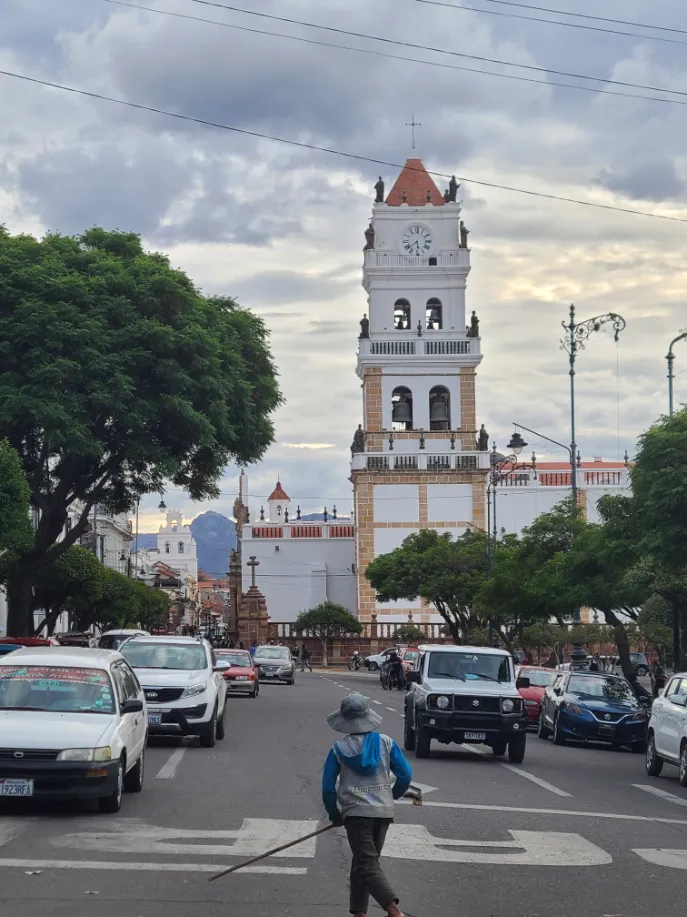
La Paz: The Capital That Took Over
By the late 1800s, La Paz had become Bolivia’s economic powerhouse – thanks to mining in the west. In 1898, the government moved up there. These days, La Paz holds the executive & legislative branches, while Sucre keeps the judiciary.
La Paz is also home to endless adventures such as Huayna Potosi and the famous Death Road.
Below is another pic I snapped so you can really see the contrast between the two! A lot of the city features colour and my experience was of a pleasant chaos, compared to the relaxed, slower life in Sucre.
If you’re planning to visit both cities, timing matters more than you’d think – the best time of year to visit Bolivia can really shape your experience.
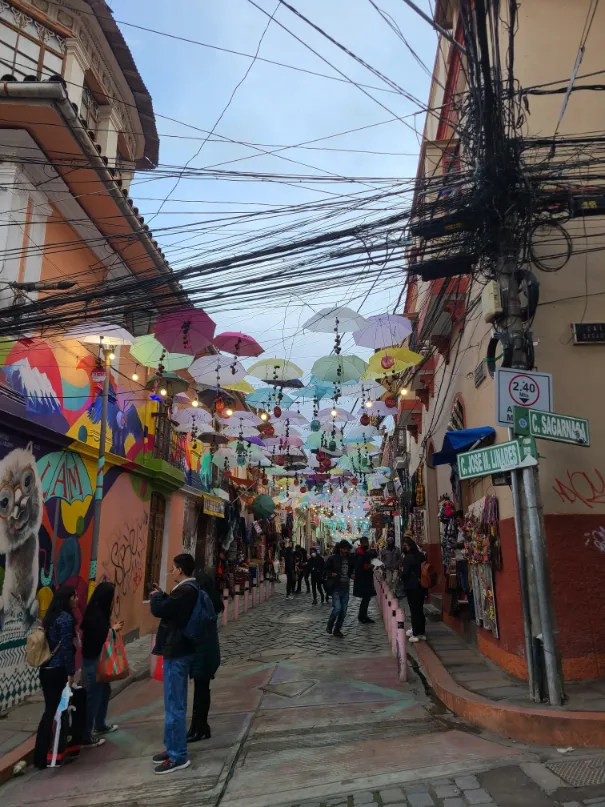
So Why Two Capitals?
It was a compromise. Sucre kept its symbolic role, La Paz took on the admin work. So now Bolivia has two capitals – one official, one practical.
What Bolivia doesn’t just have two of however is traditional & regional dishes of which there are plenty!
You’ll also see how this capital split shows up during cultural events – La Paz and Sucre (or La Paz y Sucre for your 2 second Spanish lesson) each bring their own vibe. More on that in Bolivia holidays and traditions.
Some Quick Facts to Enrich Your Pub Quiz Knowledge
La Paz is the highest capital city in the world (3,640m)
Sucre is where Bolivia’s Supreme Court still sits
Most Bolivians are fine with the split – it just works. I made sure to ask a couple locals in both cities while I was there and the general attitude was that it just was the way things are.
With Bolivia having over 30 official languages, it’s always worth knowing what’s spoken where. What languages are spoken in Bolivia breaks it down. And if after more cultural nuggets, the Wiphala flag meaning is a wild dive into indigenous identity & symbolism in Bolivia.
Already nailed the Bolivian cities facts? Check out the Bolivia salt flats next – they’ve got a whole bunch quiz-worthy trivia of their own.
FAQs About Bolivia’s Two Capitals
Both are official in different ways. Sucre is the constitutional capital – it’s where Bolivia’s independence was declared & where the Supreme Court still sits. La Paz is the seat of government & where the president works.
It was a political compromise in 1898. Sucre kept its symbolic, historic status, while La Paz became the working capital because of its economic growth. So now, Bolivia has one “official” capital (Sucre) & one “practical” one (La Paz).
Yep – it’s the only one that officially splits its government functions between two cities in this way. Other Spanish-speaking nations stick with one.
A handful. South Africa is another example – it has three (Capetown, Bloemfontein, Pretoria). But Bolivia is one of the few where both capitals are still widely used & referenced today.
Final thoughts
So, why does Bolivia have two capitals? Short answer: history, pride & a bit of politics. Works for them – and now you’ve got a cracking trivia fact in your pocket. No more searching ‘Bolivia capital’ at 2am the night before your trip either, hopefully it’s now firmly ensconced in the noggin’.
If this hasn’t sated your appetite for Bolivian info, take a look at the best things to do I’ve compiled in my Exploring Bolivia Guide.
Any questions? Make sure to drop them in the comment section below and I’ll do my best to get back to you. And as always, Happy Travels!


